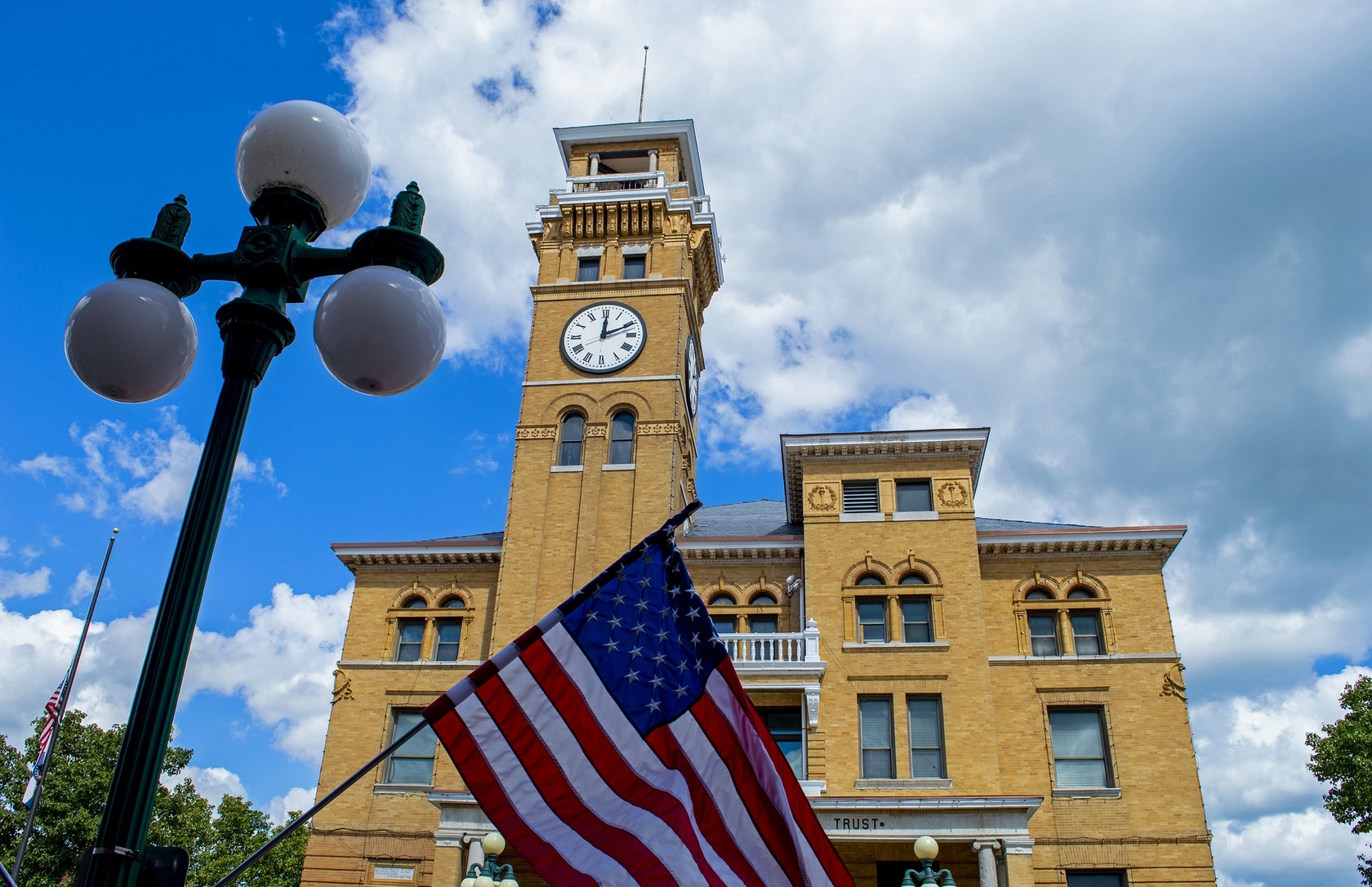No researcher is yet ready to assess the strength and duration of this exodus from big cities – the phenomenon isn’t even in full swing yet, and its dynamics will depend both on the coronavirus situation and employers’ willingness to see their employees less frequently or only by video conference.
Forbes magazine, in its September text on intra-American migration, has already urged small-town governments and businesses to pay attention to the unique opportunities presented by the relocation of people who can afford it and whose wages and consumer demands are higher than those of the local population.
Politico says in a study called “The Death of the City” that the pandemic has revealed the true value of modern communications such as video conferencing, document sharing and messenger communication.
The value turned out to be so high that it began to threaten the existence of big cities in their current form. Especially the huge office spaces, which became empty in an instant.
Peter Clark, professor of the history of European urbanism at the University of Helsinki, told Politico that if the second wave of the coronavirus had not happened, all such talk could be considered speculation, but the second wave appears to be real, and if so, the modern model of the big city is under threat.
Peter Clark says that until the second half of the twentieth century, cities served as centers of gravity because of the factories and plants with higher wages. In the 1980s, deindustrialization began, and as a consequence, cities became service centers. Moving those who provide these services to domestic work will change the urban culture itself.
Credit Suisse Bank, in its July analyst press release, suggested that office space owners worry not about the short-term fall in price, but about the fact that up to 15% of those office workers will not return from their homes.


